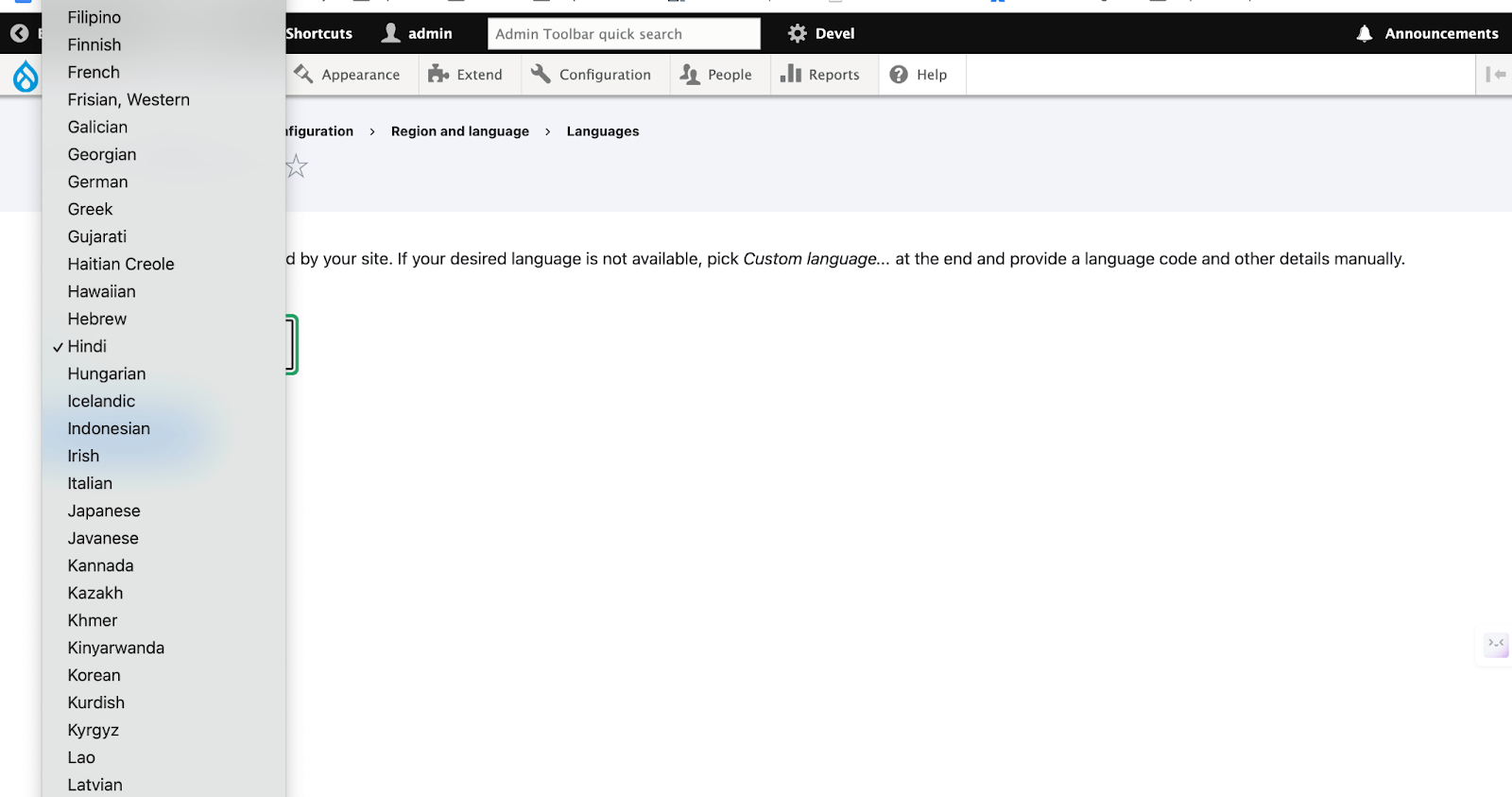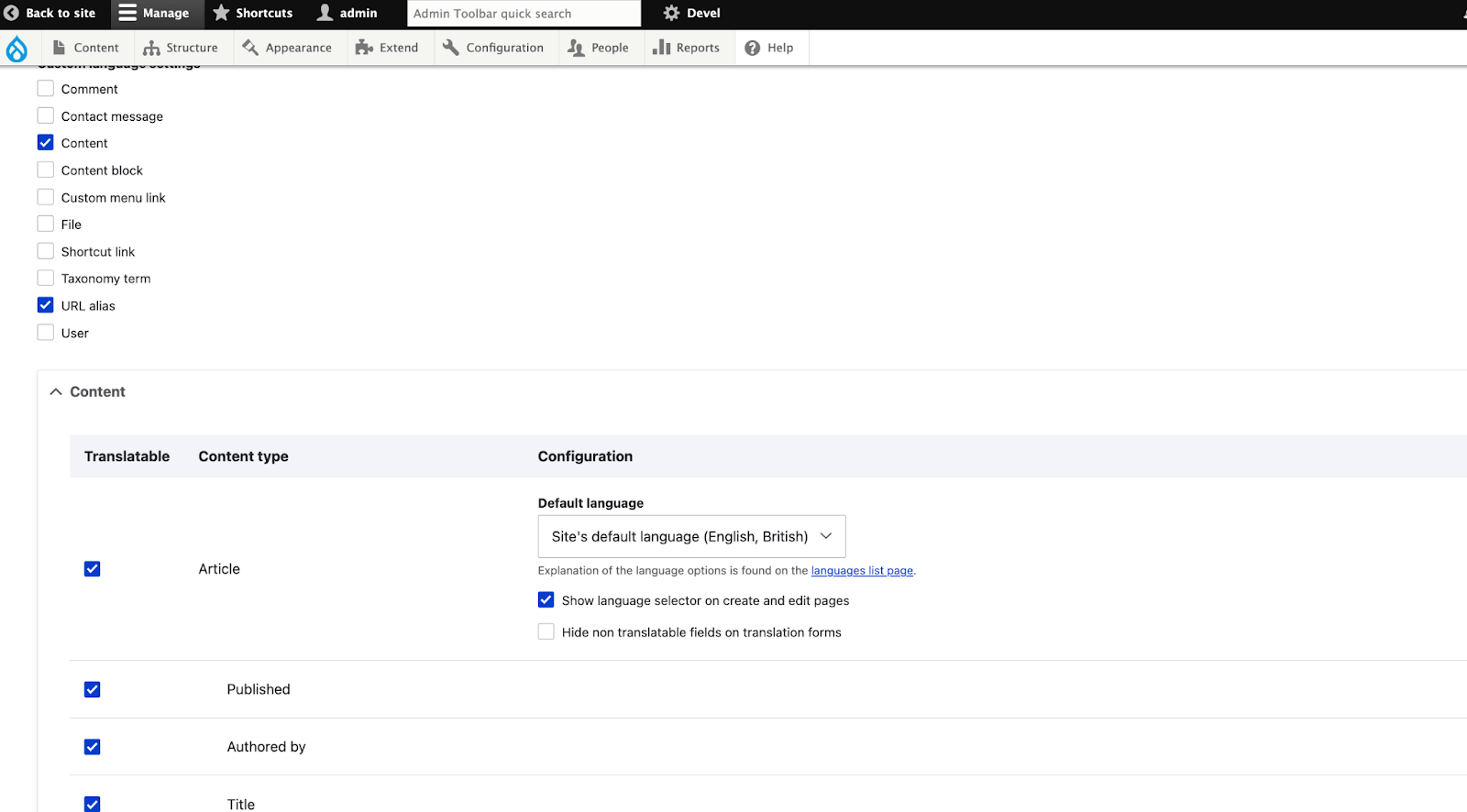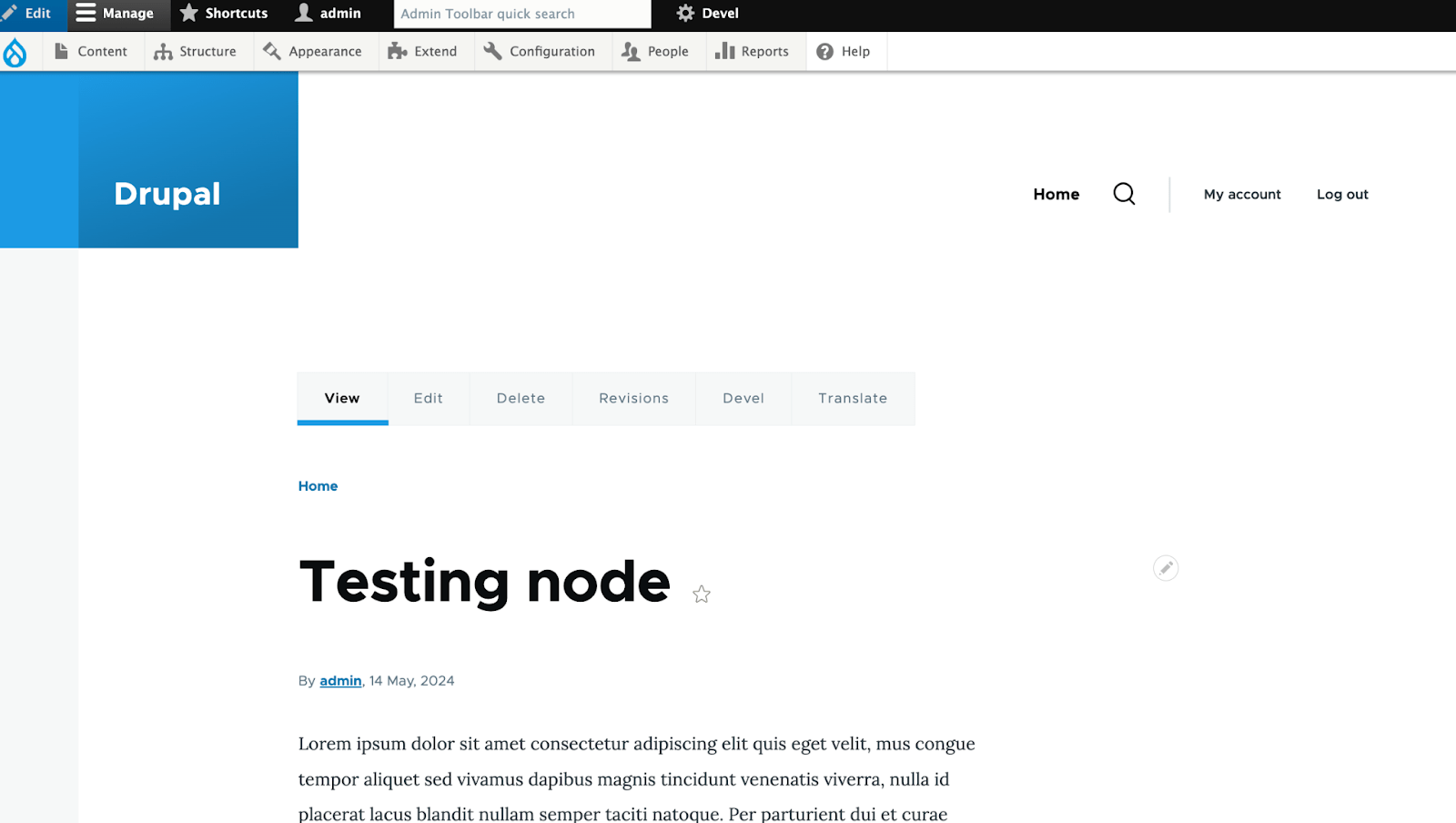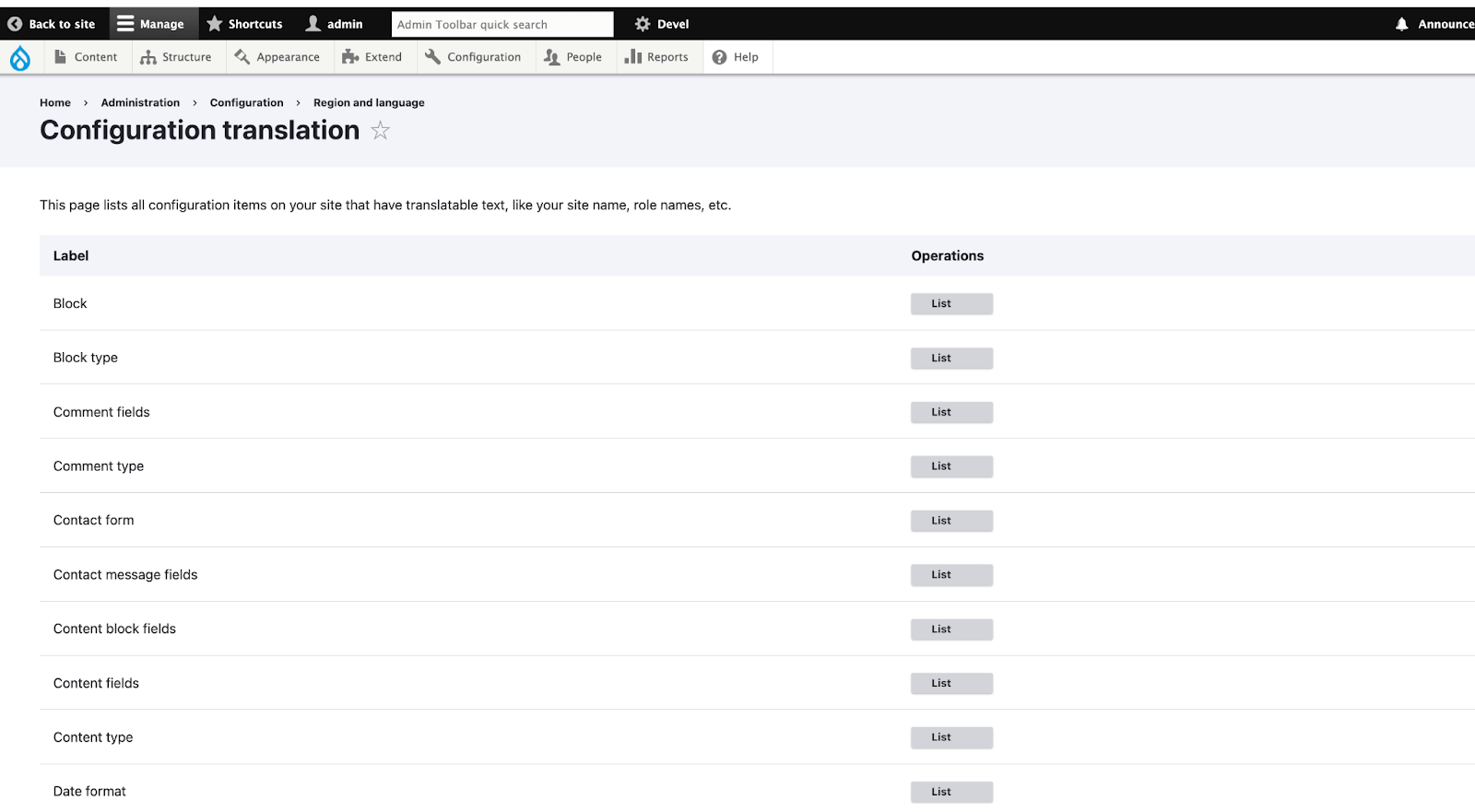Table of contents
- What are Multilingual Websites
- Install Drupal with Multilingual Support
- Drupal Language Module
- Language Switcher Configuration
- Content Translation Module
- Interface Translation Module
- Drupal Configuration Translation Module
- URL Language Detection and Handling
- SEO Considerations
- Testing and Quality Assurance
- Final Thoughts
Want an easy way to extend your market reach and ultimately your sales? Do you feel you need to personalize your website to every user no matter which country they belong to or what language they speak? Then getting yourself a multilingual website is one of the most effective business strategies you can implement. Not only is it a more cost-effective, it also helps in increasing your website traffic and overall Drupal SEO. Drupal CMS has particularly taken up this challenge of providing not only users but also developers with the ability to access Drupal in a language that they prefer. And with Drupal being multilingual out-of-the-box since version 8, it has become an ideal choice for businesses and developers. Powerful Drupal translation modules offer developers with granular configuration capabilities where every content entity can be translated. Let's dive right in to learn more about the various multilingual Drupal modules.

What are Multilingual Websites
Multilingual basically means written or available in different languages. Multilingual websites connect better with users from different countries as it immediately adds an element of familiarity. Drupal provides an easy and a great experience of building a multilingual website. Currently, Drupal supports 100 different languages for translation.
Drupal multilingual features come along with the installation interfaces. As soon as you install Drupal, based on the browser preference, it provides a language for your Drupal website. Based on the option selected the site is installed in that particular language. It basically provides 4 different Drupal translation modules for language and content translation. We can enable the required Drupal modules on our site and use it according to our requirements.
But first, ensure you're using the latest Drupal version so you can leverage Drupal's built-in multilingual capabilities. Drupal 7 also supports multilingual functionality but requires additional modules and configurations.
The four core Drupal translation modules available in Drupal 10:
- Language module
- It provides a feature for adding and choosing a new language to your Drupal website.
- Allows users to configure languages and how page languages are chosen, and apply languages to content.
- Enable any non-English language for your site's content (one or more)
- Content translation module
- This Drupal Translation module allows you to translate content entities such as comments, custom blocks, contents, taxonomy terms, users, etc.
- Allows you to translate your site content, including pages, taxonomy terms, blocks, etc., into different languages.
- Interface translation module
- Translates the built-in user interface, your added modules and themes.
- Configuration translation module
- Provides a translation interface for configuration.
- Allows you to translate text that is part of the configuration, such as field labels, the site name, the views name, the text used in Views,
Let’s catch up with what each Drupal translation module does, its configurations and how each module can be used in our Drupal website. If you're a content writer/editor/marketer, here's a less-technical article especially for you to help you build your first multi-lingual page/website.
Install Drupal with Multilingual Support
During the installation process, enable the multilingual options. This sets up your Drupal site to handle multiple languages from the start. Make sure to select the appropriate language options during installation.
Drupal Language Module
Navigate to Configuration > Regional and language > Languages to configure language settings. Here, you can add, enable, and configure languages for your site. Drupal supports a wide range of languages out of the box.


Language Switcher Configuration
Set up language switcher blocks or menus to allow users to switch between languages seamlessly. Drupal provides several options for configuring language switchers, including dropdown menus, language blocks, and language negotiation settings.

Once the block is placed in the region we will be able to switch to the different languages in the web page itself.
Content Translation Module
Enable content translation for the content types you want to be multilingual. Navigate to Configuration > Regional and language > Content language and translation to configure content translation settings. This allows content creators to translate content into different languages.
It provides a list of entity types that can be translated.
For example, click on the content configuration option that appears for each content type.
Let us consider that the content translation is being enabled for the article content type. It provides an option to decide if each subtype entity is translatable or not. We can also change the default language for a particular content type. Each field has an option to translate its content or not.

The Drupal translation modules also provides an option to input the content in the language which is suitable for the user while adding content from the backend interface. Once the above configuration is set up and when we try to add content to the Article content type we can see a Select option with the languages installed in our site. We can select any language and add content in the particular language selected.

Once the content is saved, users with translate permissions will see links to Translate their content. It provides an additional tab called “Translate” along with the "Edit" links, and you'll be able to add translations for each configured language.

Interface Translation Module
The Drupal Interface translation module is also a part of the core module and can be easily enabled like any other Drupal Translation module. Once this Drupal multilingual module is enabled, it is possible to replace any string in the interface with a string that has been customized. Whenever this drupal translation module encounters any string, it tries to translate the particular string to the current language of the interface. If a particular translation is not available it is remembered and we can look up into the untranslated string in the table.
Navigate to Configuration > Regional and language > Interface translation to manage interface translations.

In the above example, the strings which are both translated and untranslated are displayed and we are able to modify the strings for the language that is installed as well. The Drupal translations for the strings are put up in a single place called http://localize.drupal.org and the Localization Update module will automatically import the updated translation strings for your selected language. In Drupal 7 and previous versions, this was a contributed module. Since Drupal 8 and higher however, this multilingual Drupal module is a part of the core.
Drupal Configuration Translation Module
The Drupal Configuration Translation module allows configuration to be translated into different languages. The site name, views name, and other configurations can be translated easily using this Drupal multi language module.

It also provides an option to input the content in the language which is suitable for the user while adding content from the backend interface. Once the above configuration is set up and when we try to add content to the Article content type we can see a Select option with the languages installed in our site. We can select any language and add content in the particular language selected.
URL Language Detection and Handling
Configure language detection and handling for URLs. Drupal allows you to set up different URL structures for different languages, such as domain.com/en/ for English and domain.com/es/ for Spanish. Configure language detection methods and URL patterns under Configuration > Regional and language > Languages > Detection and selection.
SEO Considerations
Ensure your multilingual Drupal site is SEO-friendly by using proper hreflang tags and canonical URLs. Drupal provides modules like the hreflang module to help manage hreflang tags for multilingual content. Additionally, configure proper language-specific meta tags and URL structures for better search engine visibility.
Testing and Quality Assurance
Thoroughly test your multilingual Drupal site to ensure that language switching, content translation, and interface translations work correctly across all pages and languages. Pay close attention to user experience and ensure that all translated content is accurate and contextually appropriate.
Shoutout to Manish Saharan for helping us update this article!
Final Thoughts
Having a Drupal multilingual website is a great way to building better and stronger relationships with users and prospective customers. Drupal offers 100 languages to choose from to translate your website effectively. With Drupal translation modules in core, developers now find it easier to install and adapt to a multilingual environment while providing businesses with great digital experiences.
As a leading Drupal development company, we provide comprehensive Drupal services which also includes building multilingual Drupal websites keeping in mind the needs of our global clientele.








